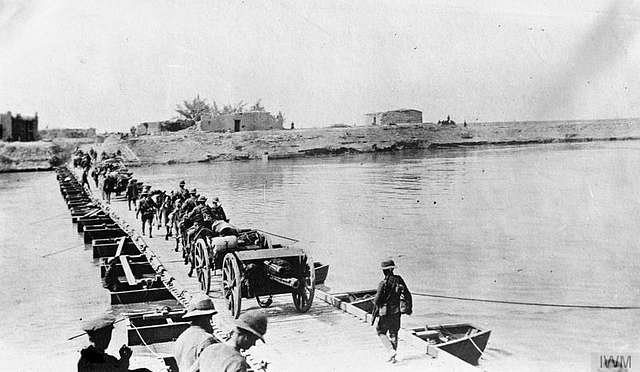
Over the last few months I have been researching the Mesopotamia campaign, 1914 through to 1918 and beyond. There is couple of things that make this an interesting focus for me. The first reason is that having served in Iraq as part of the 2003 invasion and having covered a lot of the same ground that the British covered in the Great War.
The second is while I was researching the names on a Great War memorial in Wick, in my home county, there was a Royal Engineer Officer that died in Basra in 1920. He was serving with the Inland Water Transport and died during the Arab Rebellion of 1920. All of this was interesting due to location and the fact that for some soldiers the Great War didn’t finish in 1918.
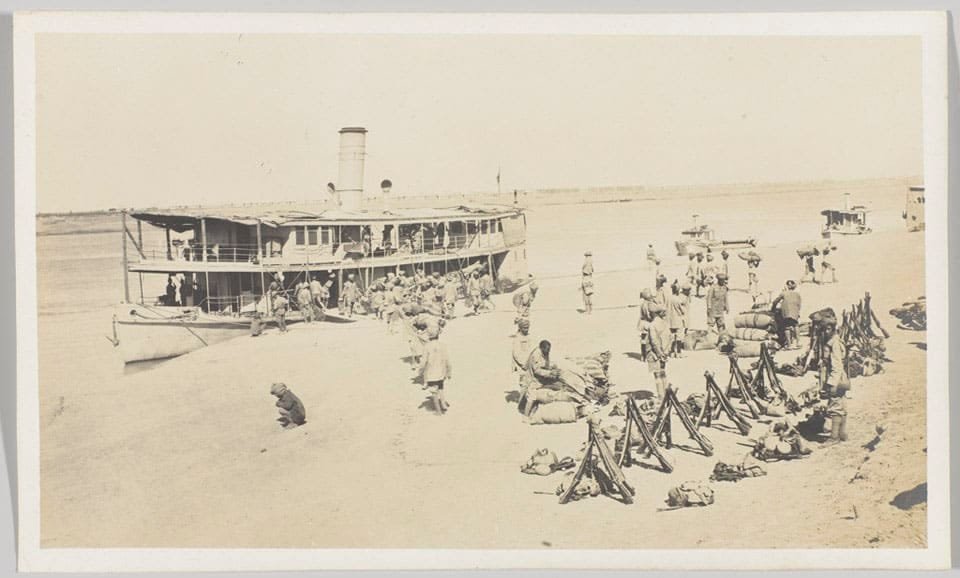
The campaign in 1914 started with some very specific aims to protect the oil supply from Persia, and the taking of Basra was key to provide the stand off for that protection. But it became very clear reading the history that the amount of politics in the background, and the unwillingness to commit resources (troops, equipment and funding) all added to a future disaster. All of this sounds so familiar to the experiences of 90 years later.
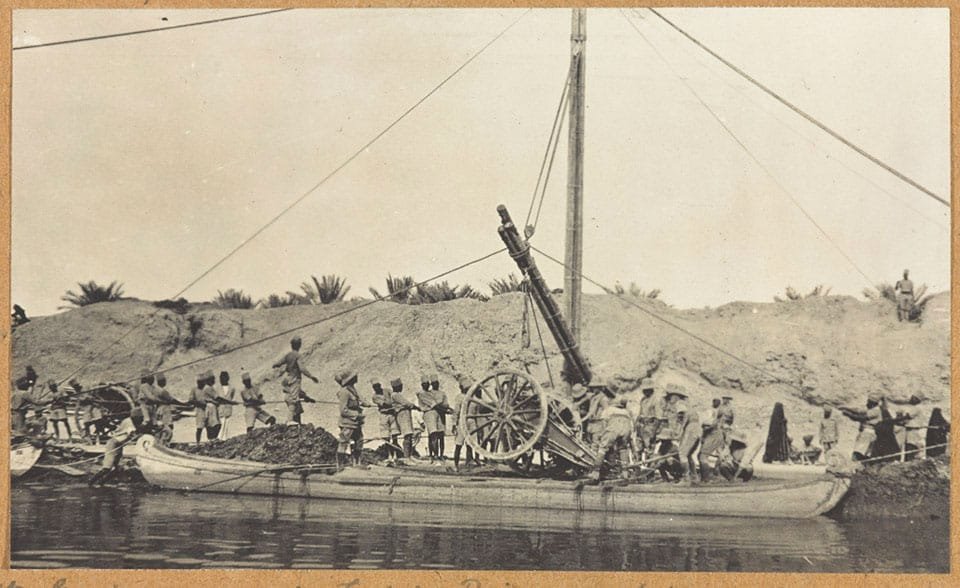
The other aspect that became very clear of the early campaigns of 1914 and 15 was the lack of allocation of specialist troops to the operation, particularly Sappers and Gunners.
This particularly meant that there was not enough bridging equipment (tressles and pontoon equipment). The availablity of timber was so lacking locally that palm trees were considered until it was realised that they would not be able to give the appropriate level of strength required.
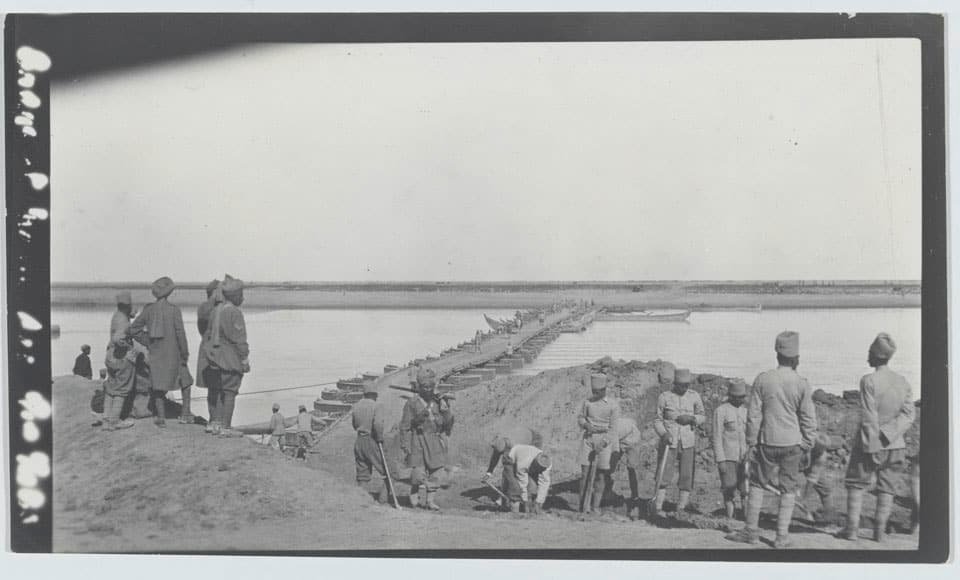
However, as is often the case the RE Officers and the men of the Sappers and Miners Units that were in Theatre took on the traditional mantra of “Improvise, adapt and overcome.” The metal pontoons were used singularly rather than double (while this reduced the loading it was deemed acceptable). Also some of the local fishing boats were taken into service and modified so that they could be used as pontoons in bridges.
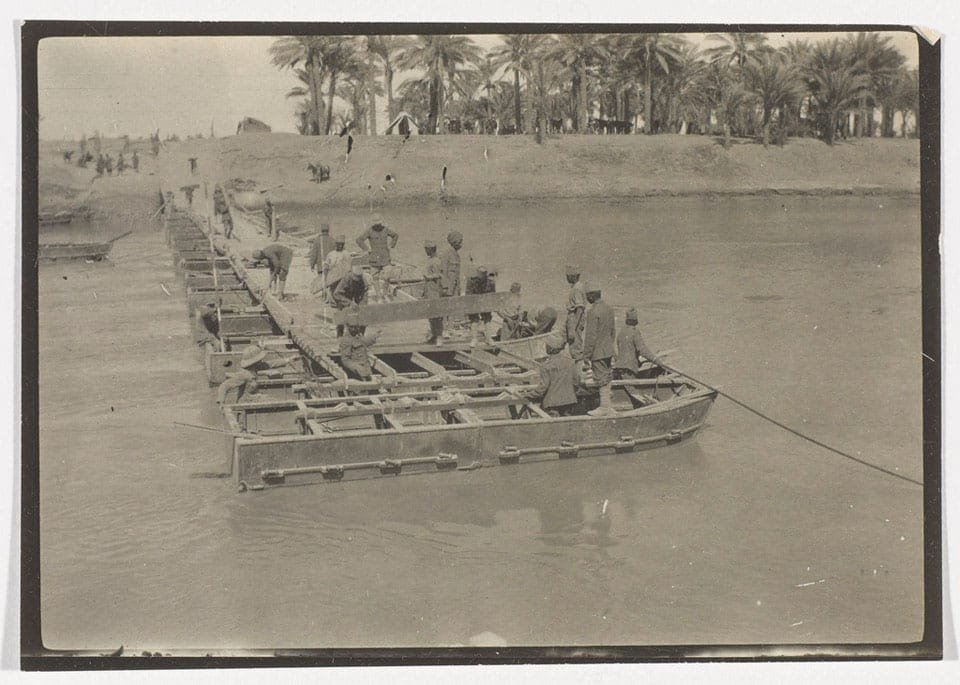
These local craft were far from ideal but they worked and became a vital part of the Bridging equipment. They were also an important part of the ability to load and unload the larger ships/ boats that came to Basra or operated further up river on the Tigris or Euphrates.
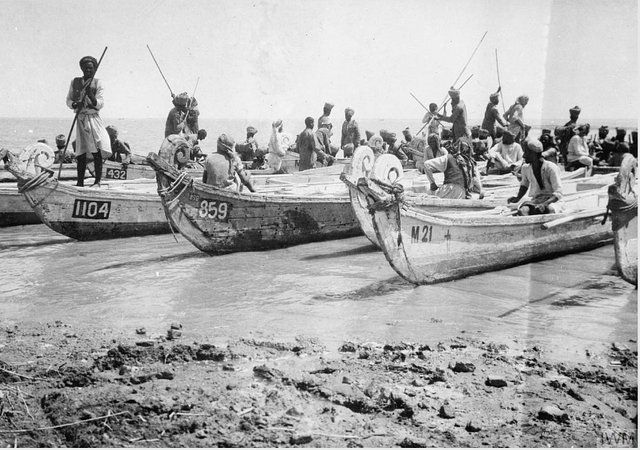
One of the other problems was water supply. The operation was meant to be a limited action and as such there was a shortage of watersupply equipment for the Sapper Units and also of water carts for all units. With the daytime temperatures being high and the fact that the soldiers had a significant amount of marching and fighting, the 2 pints of water that they carried in their water bottles was wholly inadequate.
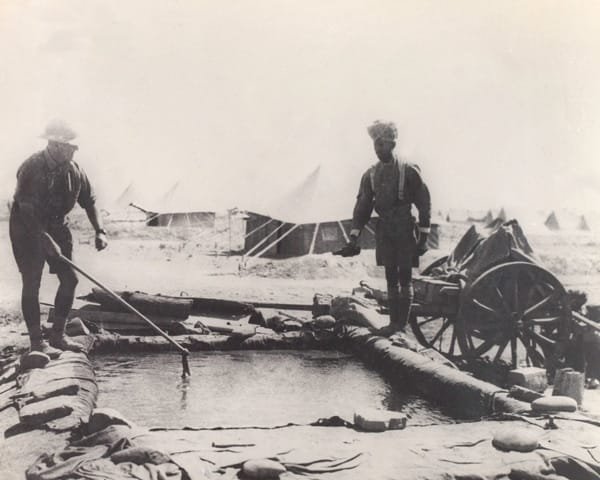
The interference and misreporting on the situation to meet political requirements meant that key equipment such as water supply, medical equipment and medical provision was not provided. It was only the disaster of the surrender of the 6th (Poona) Division at the Siege of Kut in April 1916 brought the Theatre into full focus and a change in the approach to fighting the campaign.
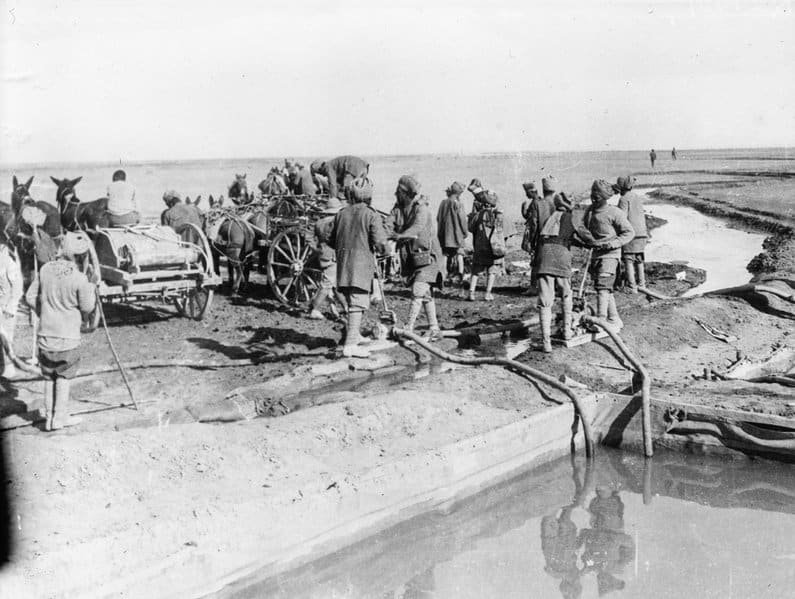
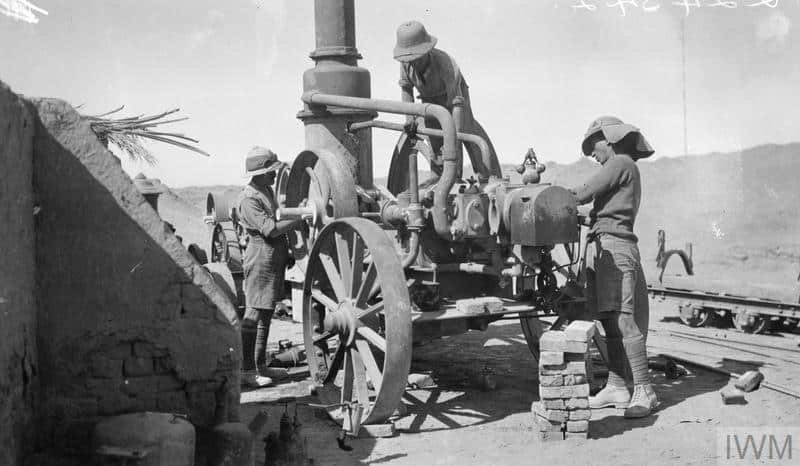
Another key element that was completely inadequate in the early part of the war was the river transport, in a country where the rivers provide the best and fastest method of movement. There was a significant lack of river capable vessels, therefore it became necessary to utilise every vessels and boat that had a shallow draft.

With both the Tigris and the Euphrates rivers having such fluctuations in depth it was not uncommon for the vessels to runaground or to get stuck on sandbanks. As such the RE and Sapper and Miners units would often be tasked to free the vessels or assist with salvage and repairs.
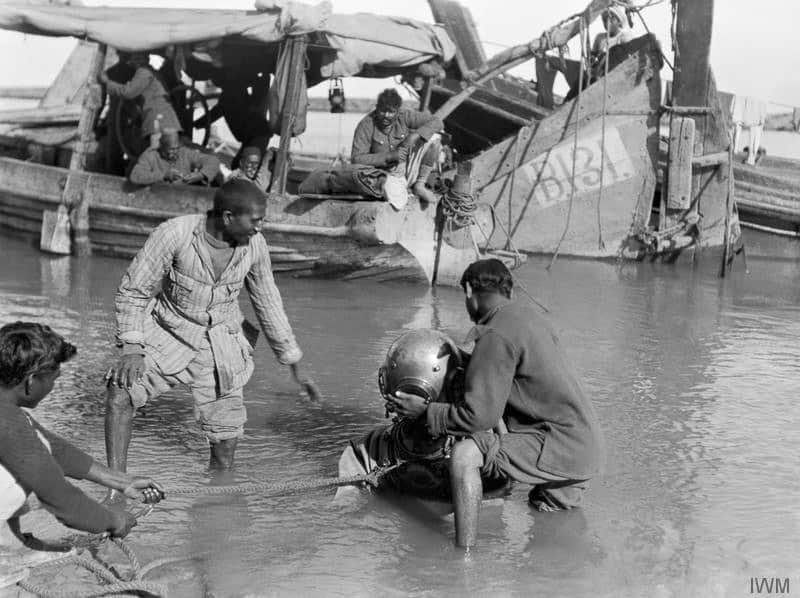
Later in the war it was recognised that the management of the ports and river operations needed to be significantly improved as as such the Sappers became more formally involved by the bringing into to Theatre the Inland Water Transport units and commands. This key addition of the IWT to the ports, particularly Basra, and to the operation of the rivers drastically improved the logistics across the whole of Mesopatamia.
Overall it is proving an fascinating area of research and in particular the amount of bridging carried out by all of the Sapper units and the way that they dealt with improvisation to deal with equipment shortages and also to ensure free movement on the rivers while allowing the movement of troops.
There will be more detailed and focused posts to come.
References:
Lt Colonel EWC Sandes RE, The Military Engineer in India, 1927 Naval and Military press
NS Nash, The Betrayal of an Army, Mesopotamia 1914-16, 2016 Pen and Sword Books
C Townsend, When God Made Hell, The British invasion of Mesopotamia and the creation of Iraq. 2010
Faber and Faber
Major EWC Sandes RE, In Kut and Captivity, 1919, Murry publications
